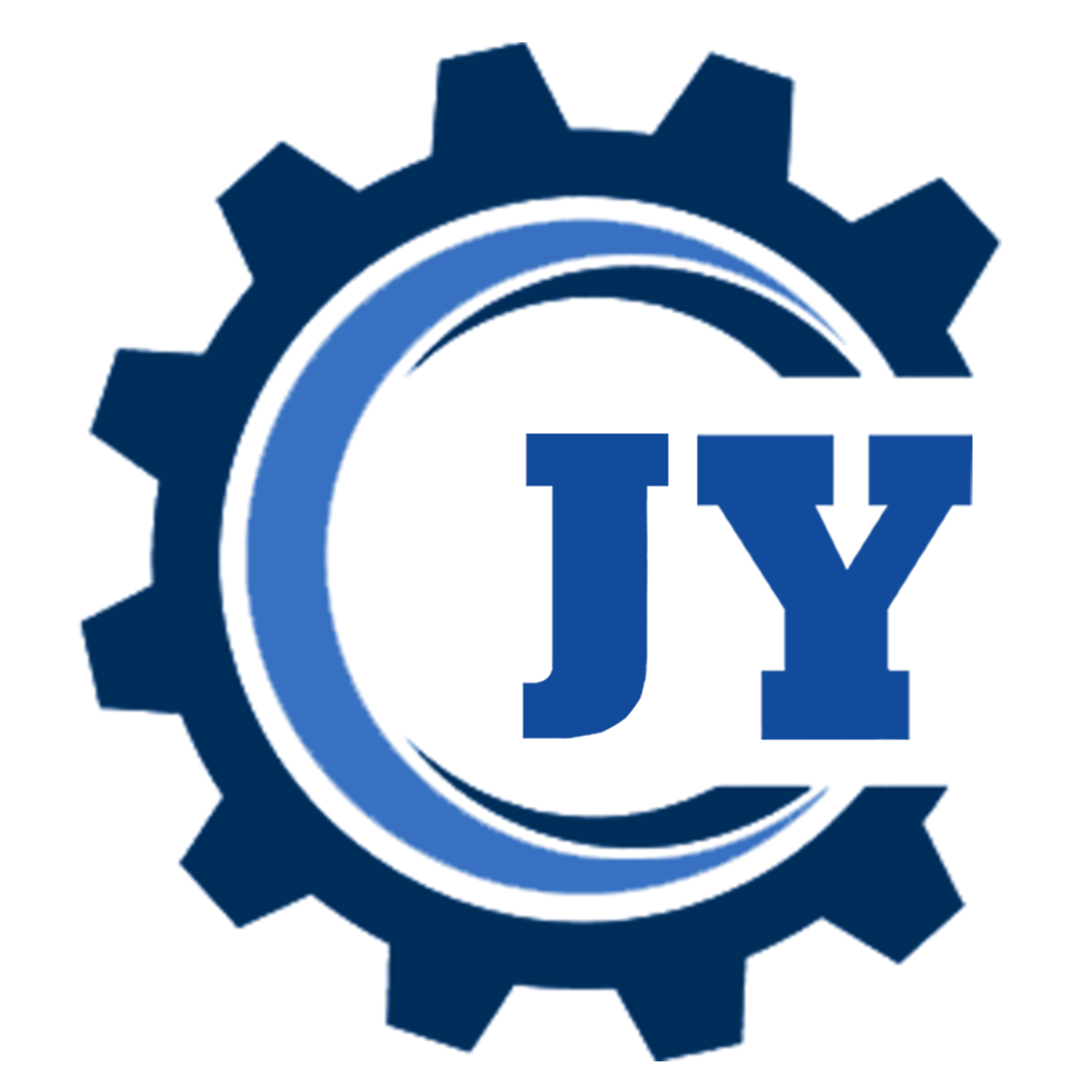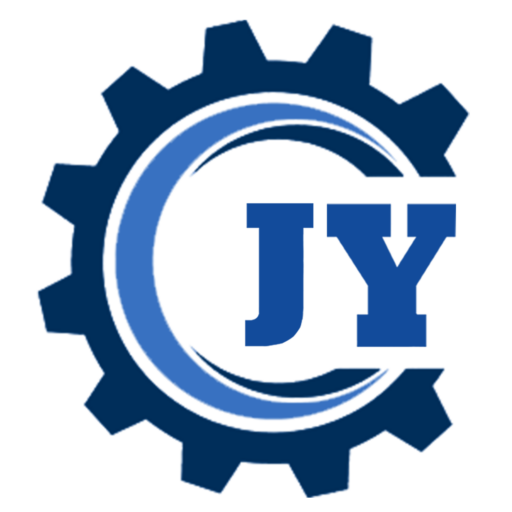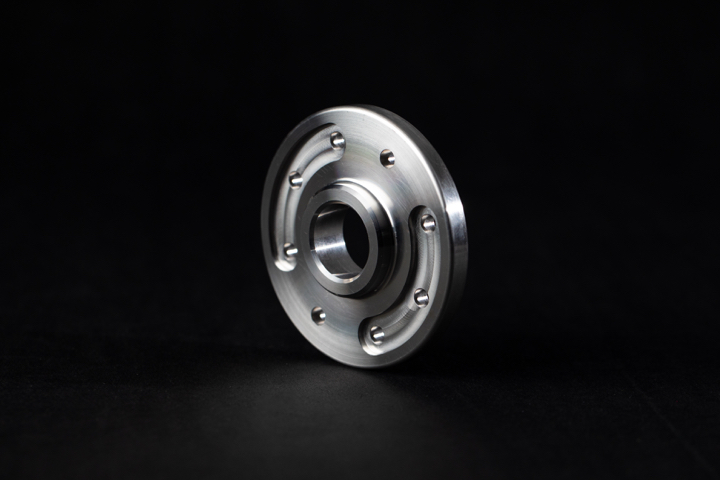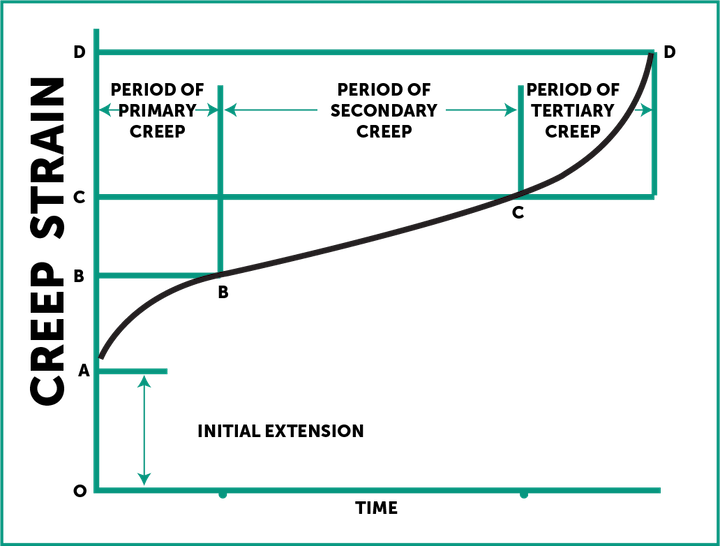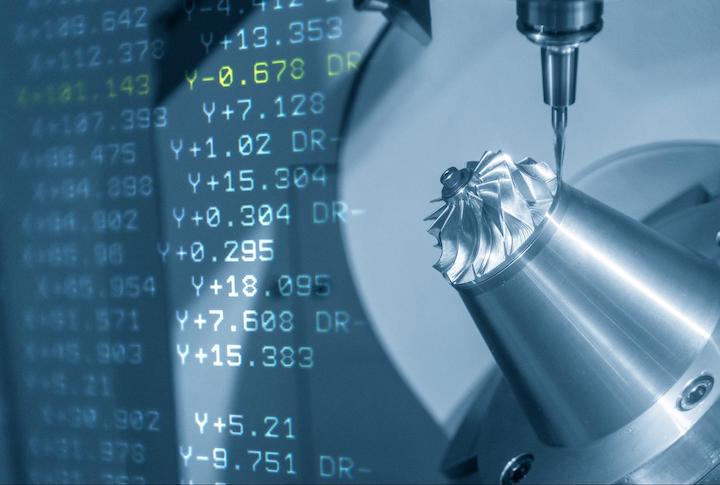Invar 36 is a nickel-iron alloy with excellent dimensional stability at a wide range of temperatures. The ’36’ stands for the alloy containing 36% nickel and has a super low coefficient of expansion.
- Home
- About Us
- Blog
- Capabilities
Sub-Processes
Plastic Materials
Processes Available
Post Processing
- Contact Us

